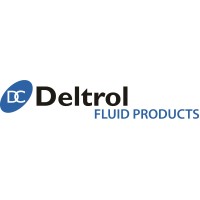
Teledyne TapTone
In 1971, a new method for the inspection of container integrity was patented and the TapTone product line was created from technology originally developed at Benthos. The product line was initially used to detect defective containers inside sealed cardboard boxes. Just two years later the first automatic high speed TapTone system was installed on a popular baby food production line and the package inspection company was off and running. Today, Teledyne TapTone's products are used in the food, health and beauty, chemical, beverage, and household chemical markets to check for container integrity. TapTone inspection systems are the gold standard in glass beer bottle inspection and TapTone's customer base includes all the major product brands found in your refrigerator and cabinets today. The company's technologies have also grown and now include four major groupings including acoustic, proximity, pressure inspection, and most recently vision inspection. TapTone's products are protected by numerous patents and are sold by a network of agents and distributors around the globe.






